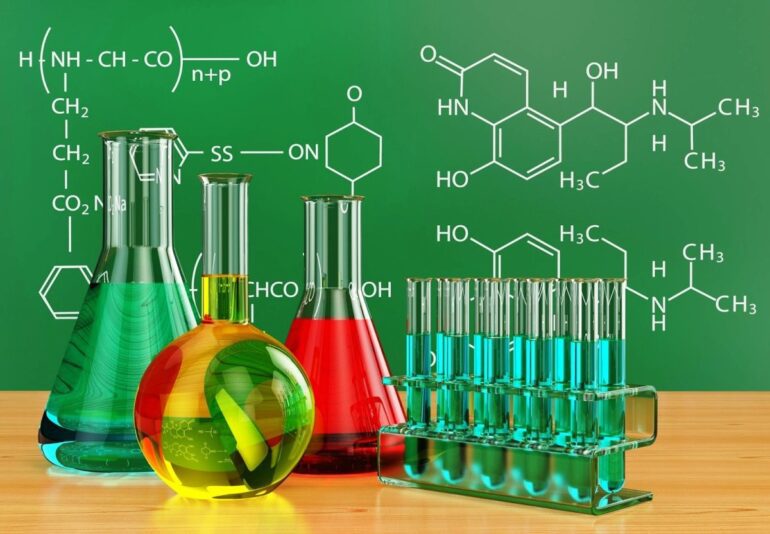TL;DR:
- Machine learning breakthrough: Identifying chemical mixture ratios via photographs.
- Analogous to culinary mishaps, visual assessment limitations in chemistry.
- Hokkaido University researchers developed model surpassing human chemists’ discernment.
- Method tested on sugar-salt mixtures achieved remarkable accuracy.
- Model differentiates polymorphs, enantiomers, which are vital in pharmaceutical sector.
- Complex mixtures were accurately assessed, and even thermal reactions’ progress was gauged.
- Versatile model applicable to mobile photography, opens diverse applications.
- Market impact: Enhanced quality control, expedited research, accessibility.
Main AI News:
In the intricate realm of chemical analysis, precision is paramount. A pinch of salt instead of sugar can topple a recipe, underscoring the challenges posed by the deceptive similarity of substances. Much like a discerning chef, chemists often rely on visual inspections to make swift initial judgments about reactions. However, akin to the culinary realm, the human eye’s discernment has its confines, occasionally leading to unreliability.
To confront this predicament, a cohort of visionary researchers from the esteemed Institute of Chemical Reaction Design and Discovery (WPI-ICReDD) at Hokkaido University, spearheaded by the erudite Professor Yasuhide Inokuma, has pioneered an ingenious solution. Their brainchild: a machine learning marvel adept at unraveling the intricate composition ratios of solid amalgamations of chemical compounds, exclusively through photographs of the samples.
Initial experiments focused on the interplay between sugar and salt, substantiating the machine learning model’s capabilities. Leveraging an arsenal of techniques, encompassing random cropping, flipping, and rotation of the original photographs, the researchers meticulously generated an extensive array of sub-images for exhaustive training and rigorous testing. This meticulous approach allowed the model’s refinement with just a modest set of 300 original images. Astonishingly, the trained model exhibited a precision surpassing that of even the most adept human chemists.
Professor Inokuma articulated, “The convergence of machine learning and chemistry has yielded a paradigm shift, propelling our ability to rival and even surpass the discernment of seasoned chemists. This tool holds the potential to expedite the maturation of budding chemists’ discerning acumen.”
Buoyed by the triumph of their pilot study, the researchers embarked on a journey to apply this groundbreaking model to discern an array of chemical mixtures. The model’s prowess shone brilliantly as it adeptly differentiated between polymorphs and enantiomers, microscopic variants of identical molecules distinguished by subtle atomic or molecular disparities. This distinction holds immense significance in the pharmaceutical domain and traditionally demands protracted procedures.
Venturing further into the abyss of complexity, the model admirably gauged the proportion of a target molecule within a labyrinthine four-component amalgam. Furthermore, it dexterously assessed reaction yields, effectively gauging the advancement of a thermal decarboxylation reaction—a feat often intricate and time-intensive.
Noteworthy was the model’s versatility, extending its efficacy even to snapshots captured by ubiquitous mobile phones, post supplementary training. The vista of potential applications unfurls expansively—encompassing both the hallowed research sanctuaries and the crucible of industry.
Elucidating on this potential, Specially Appointed Assistant Professor Yuki Ide averred, “Envisage scenarios necessitating unceasing, swift evaluations—be it vigil over chemical reactions at an industrial facility or a pivotal analytical stride in an automated course, facilitated by synthesis robots. Moreover, this innovation could metamorphose into an observatory for the visually challenged.“
Conclusion:
The integration of machine learning into chemical analysis heralds a transformative era, nullifying human limitations. Hokkaido University’s pioneering model not only augments chemists’ precision but also heralds a seismic shift in quality control and research acceleration. Industries can harness this innovation for impeccable process monitoring, automation, and accessibility for visually impaired individuals, ushering in a new standard of analytical excellence.

